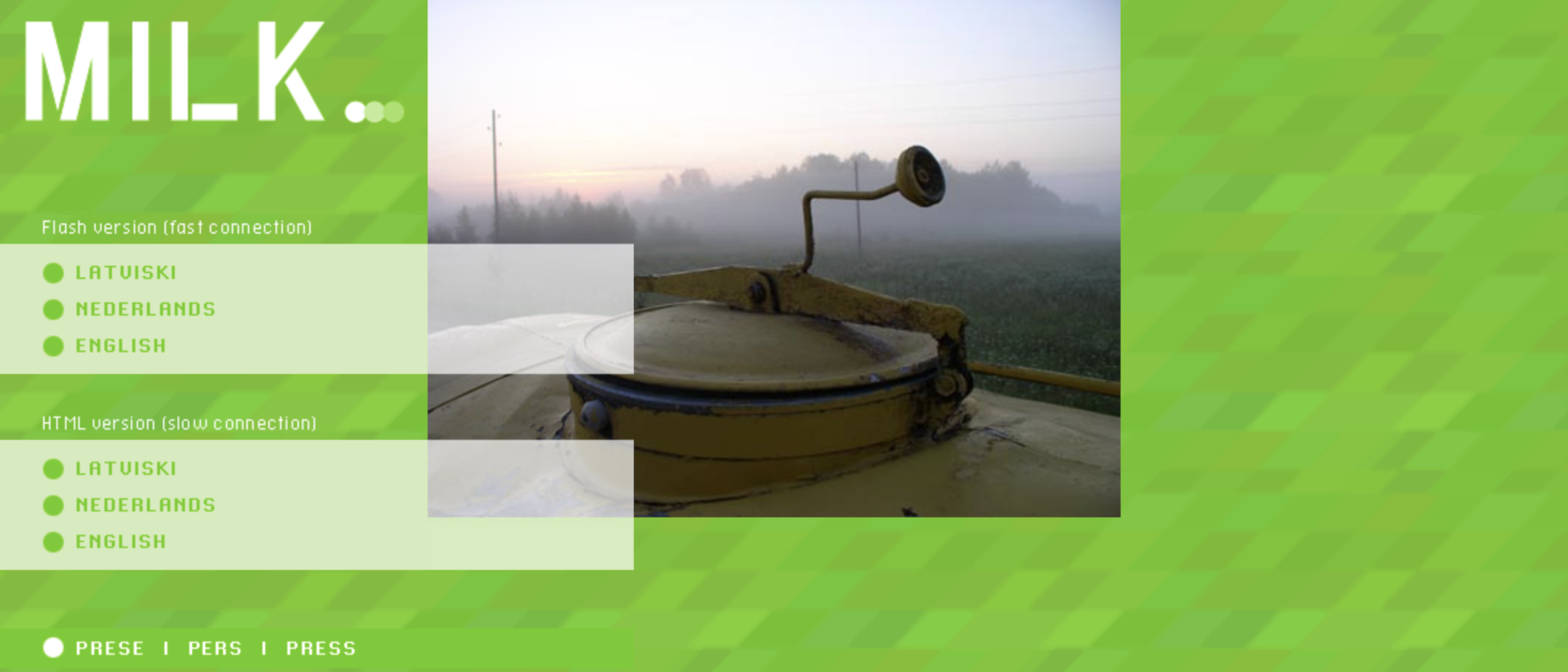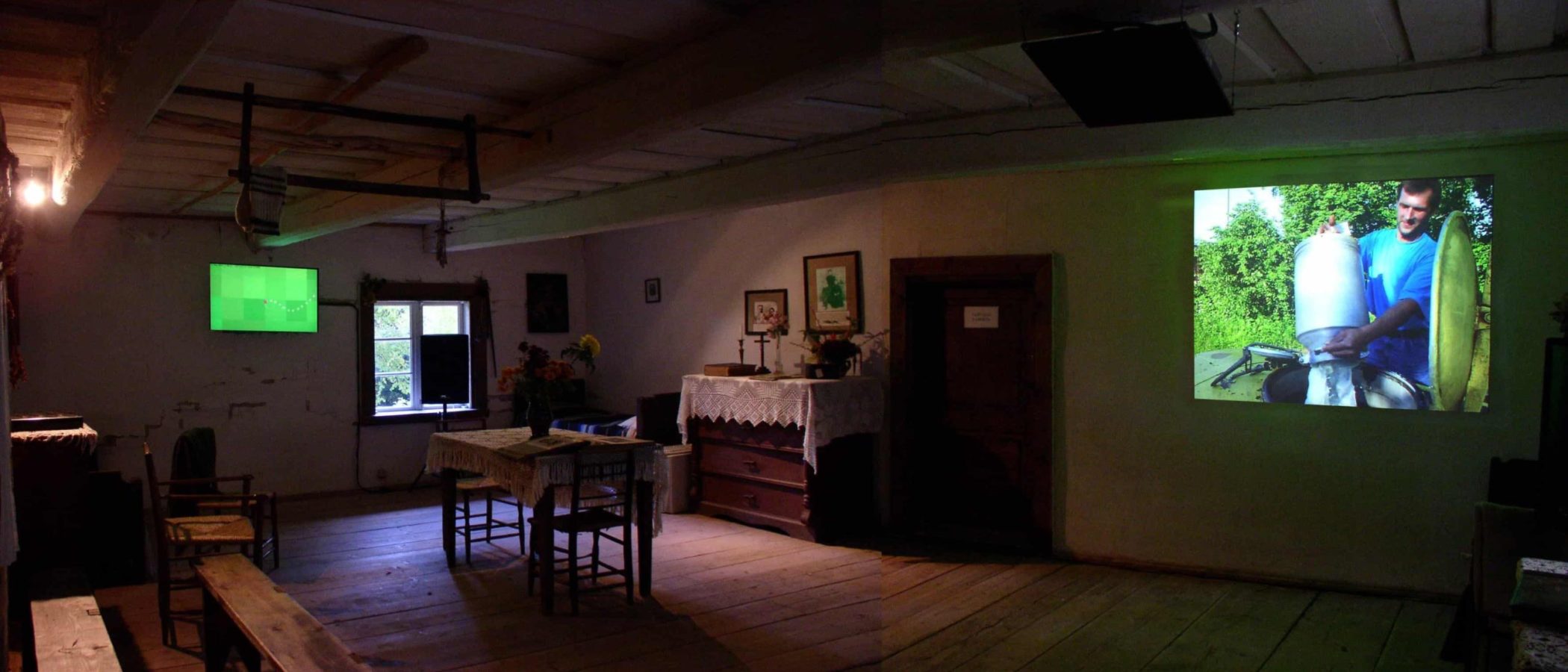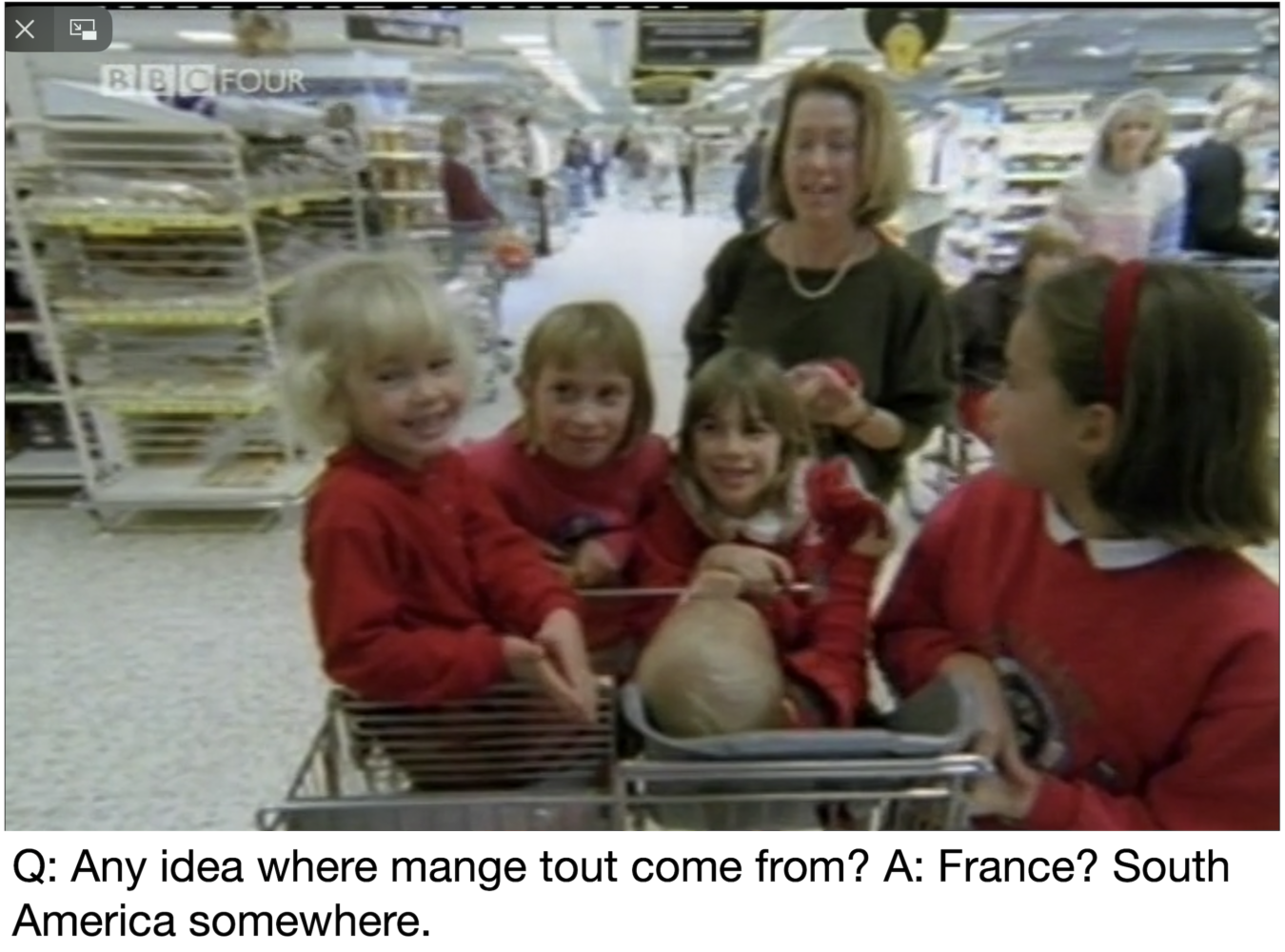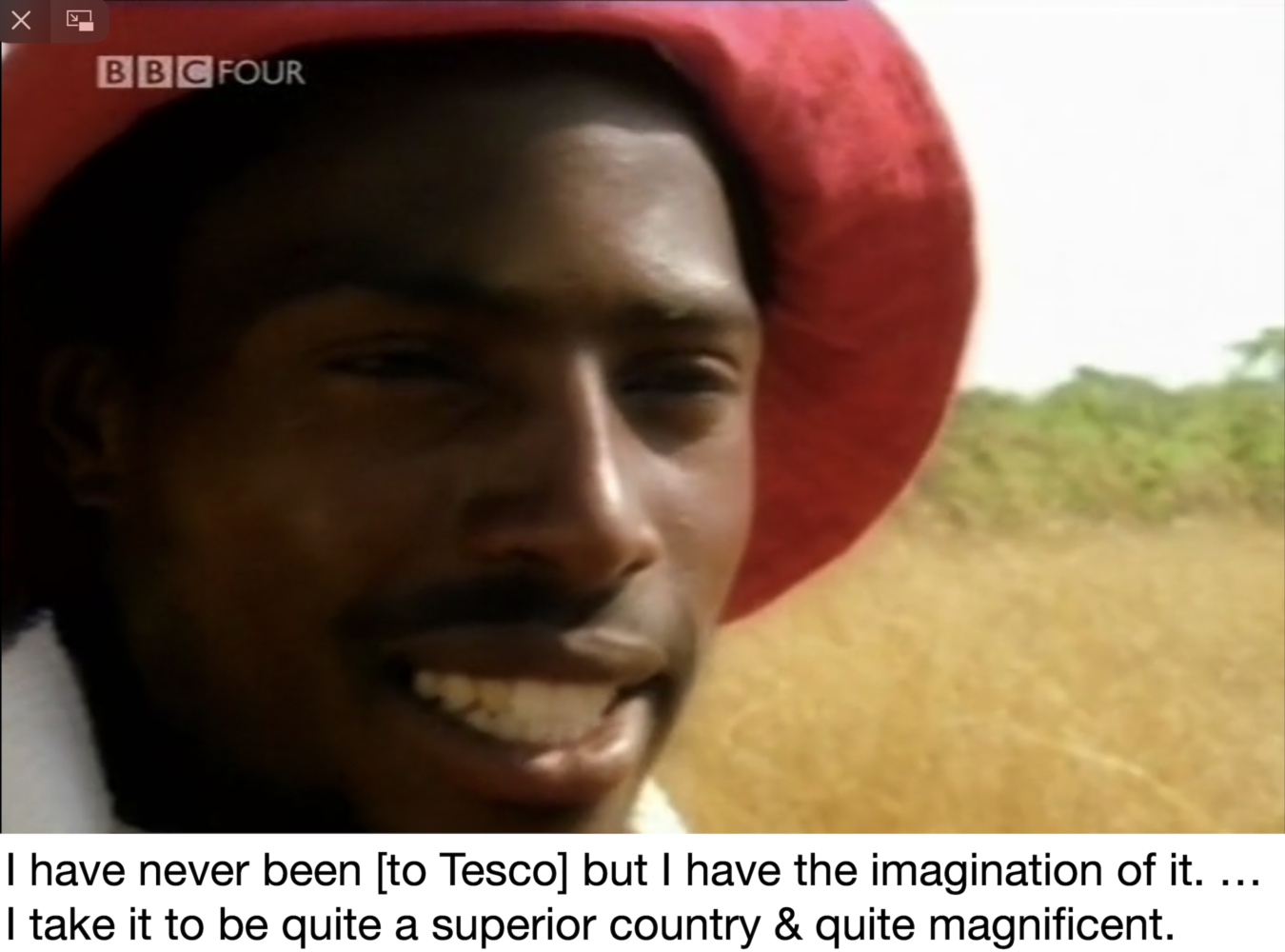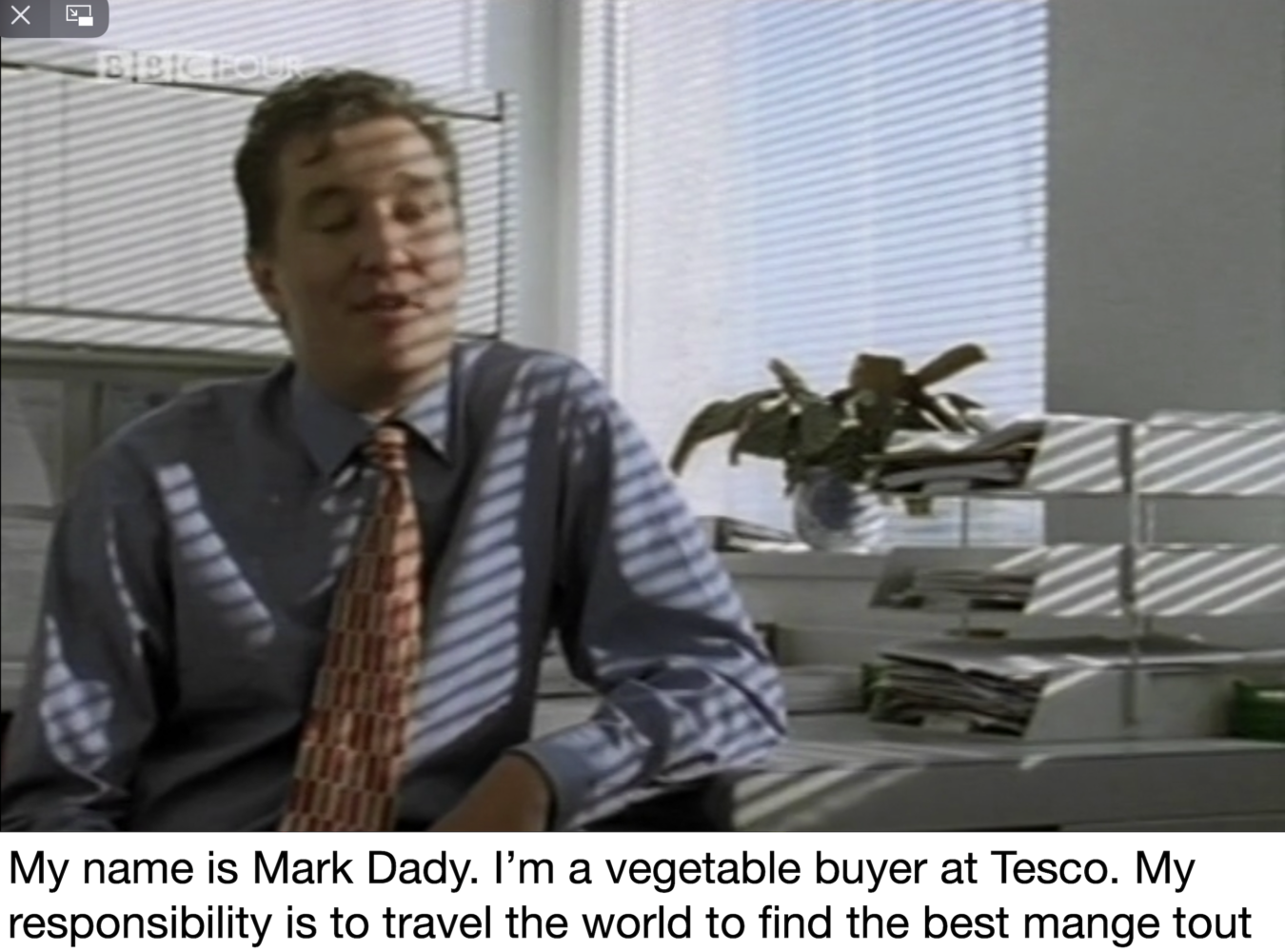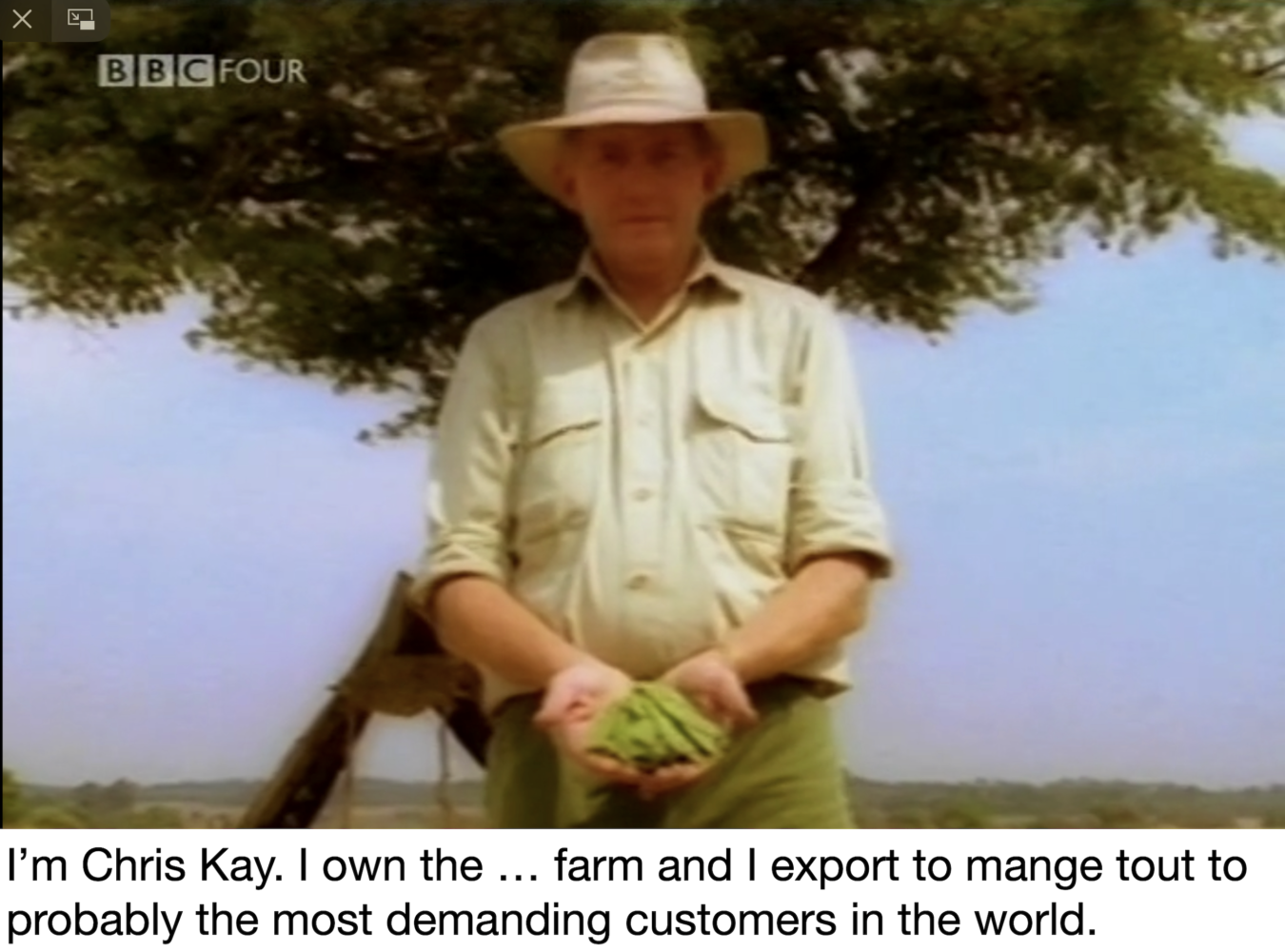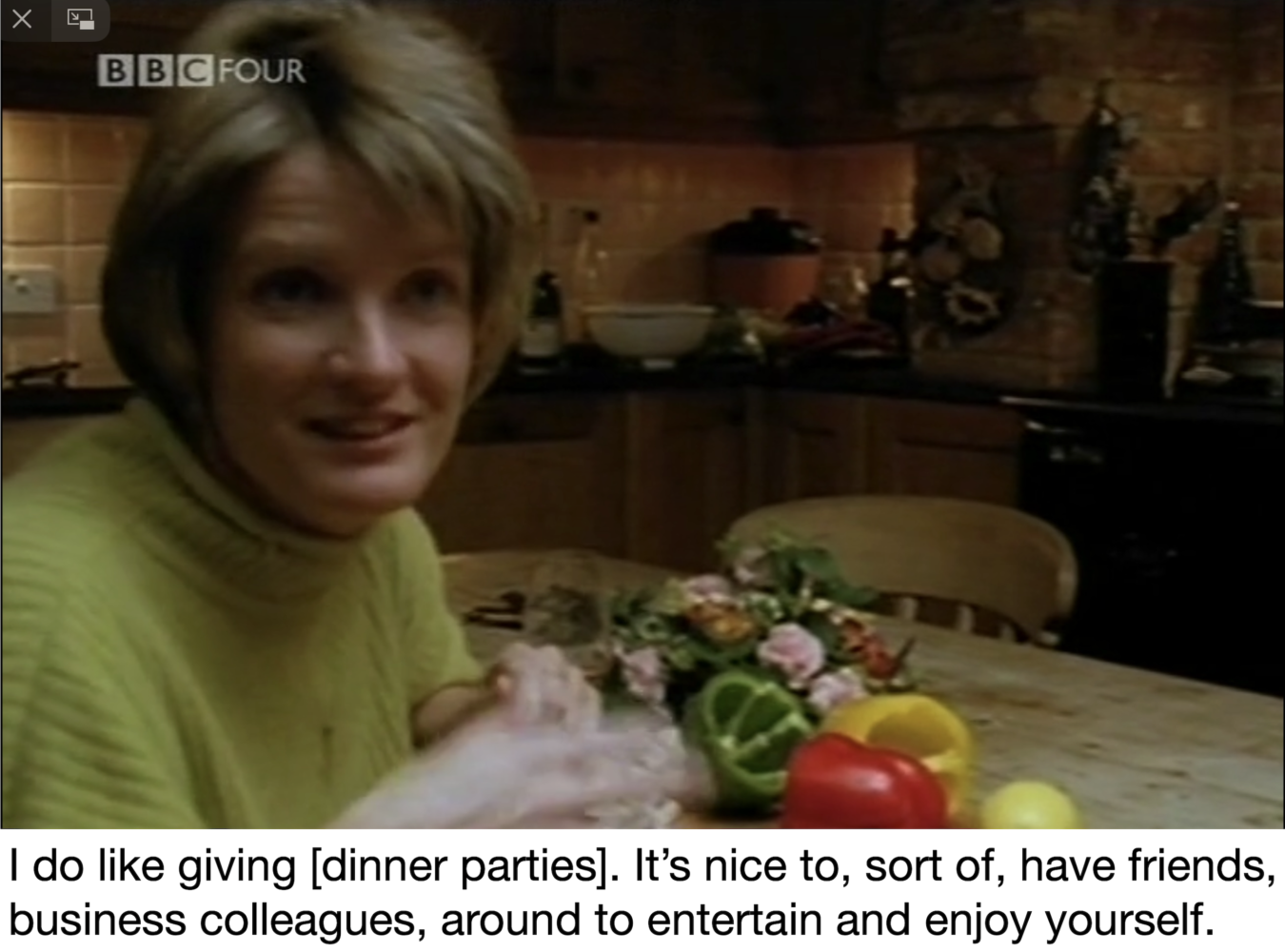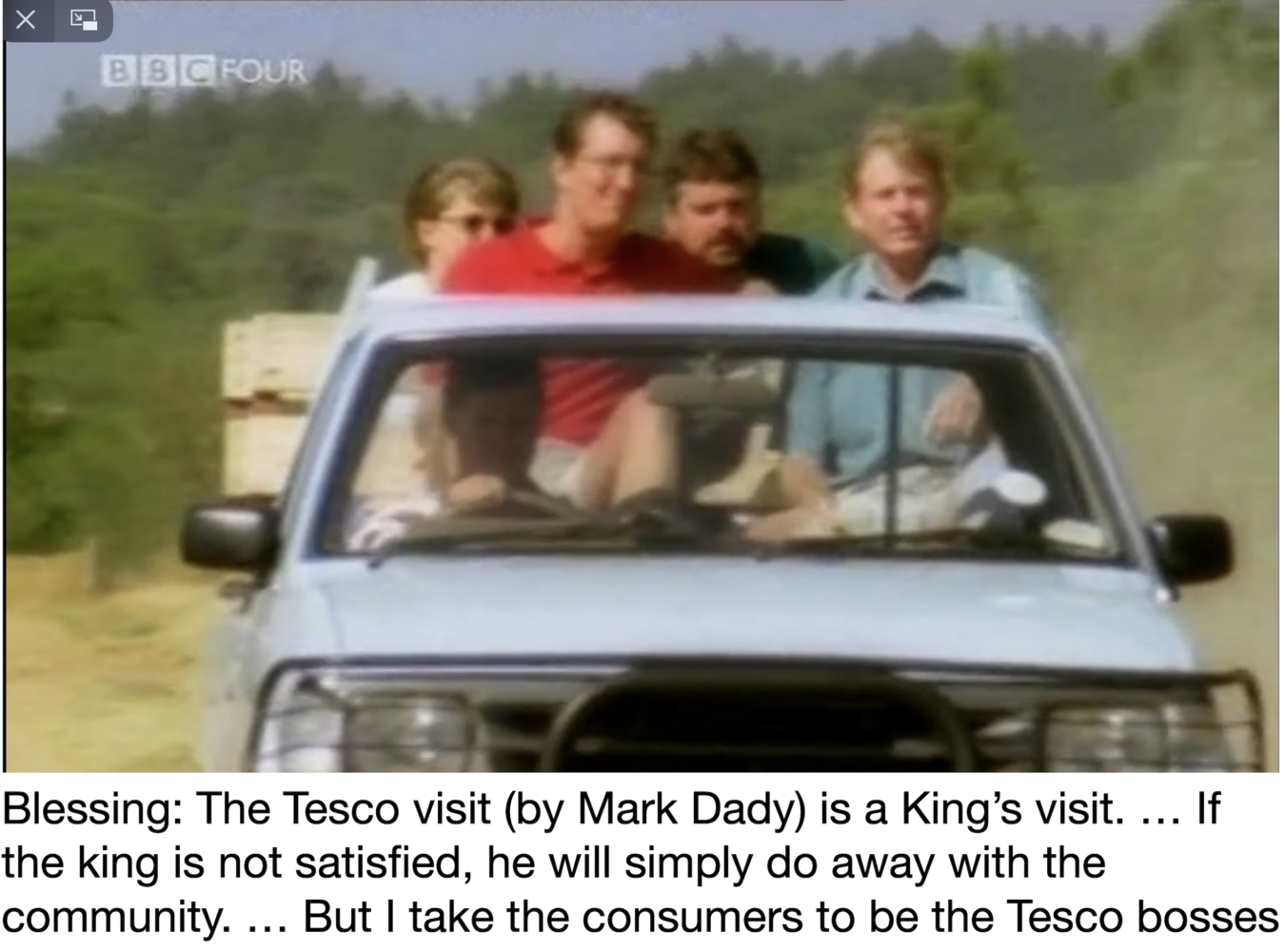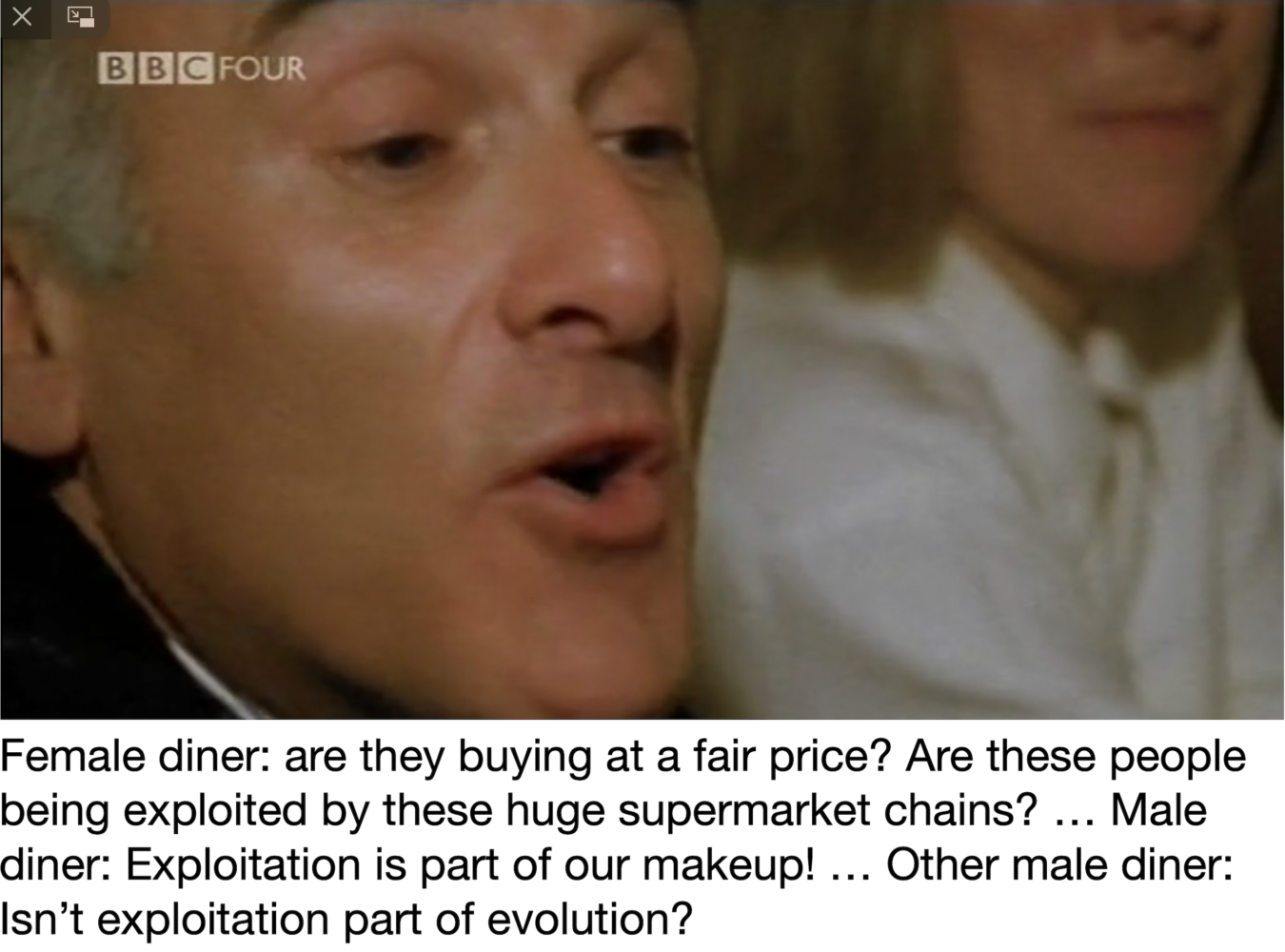
followthethings.com
Home & Auto | Health & Beauty
“Maquilapolis (City Of Factories)“
A participatory documentary film in Spanish with Spanish or English subtitles directed by Vicky Funari & Sergio de la Torre, with music by Pauline Oliveros with the Nortec Collective & John Blue for the Independent Television Service & CineMamás Film.
Trailer and pay-per-view stream embedded above. Search online for other streaming options here. Read the film transcript in English & Spanish here.
Carmen Duràn and Lourdes Lujàn work in Tijuana, the ‘city of factories’, on the Mexico-US border. They work in factories on the hill making televisions and other COMMODITIES for brands like Panasonic and Sony. These multinationals treat this city as a garbage can that their workers have to live in. How can they fight back, claim their rights, their humanity? They take part in a participatory filmmaking project with directors Vicky Funari and Sergio de la Torre. The directors have been working with a local collective of ‘promontoras’ including Carmen and Lourdes for years. They have planned this project together for years. There’s been some filmmaking training and the promontoras take camcorders into the places where they live and work. The films they make are full of personality and a close attachment to place. They document life from these factory workers’ perspective. They document the ways in which these multinationals treat them as workers – especially when they leave – and how they treat the place where they live – as a dump for industrial waste that ruins their environment and threatens their health. They document their campaigns to clean up toxic industrial waste. In the process audiences get to know Carmen and Lourdes, to empathise with them. But the film also contains some surprising and beautiful creative scenes – often made in place of the footage that’s impossible to take inside the factory – that look like performance art. They want to show the intimate, bodily connection between the labour they perform, the commodities you buy (or are treated with in hospital) and the brands that you may be familiar with. And there’s some specially commissioned film music, made with a local music collective and featuring sounds from the factories. This is a gem of a film for anyone interested in trade justice activism. This is the film – with caveats – that these Mexican factory workers wanted to make and to show to the world. It’s one of the most intimate place-based examples featured on our site. And it was shown, deliberately, to audiences of workers either side of the US-Mexico border. Seeing empowered women like themselves struggling, resisting was an inspiration to many other women. And when the film hit the film festival circle, and there were panel screenings, the promontoras were there, answering questions alongside the directors.
Page reference: Rosie Buller, Melanie Bonner, Rebecca Lyons, Georgie Little, Tilman Schulzklinger & Jennifer Hart (2020) Maquilapolis (City Of Factories). followthethings.com/maquilapolis-city-of-factories.shtml (last accessed <insert date here>)
Estimated reading time: 86 minutes.
Continue reading Maquilapolis (City Of Factories) ![]()



